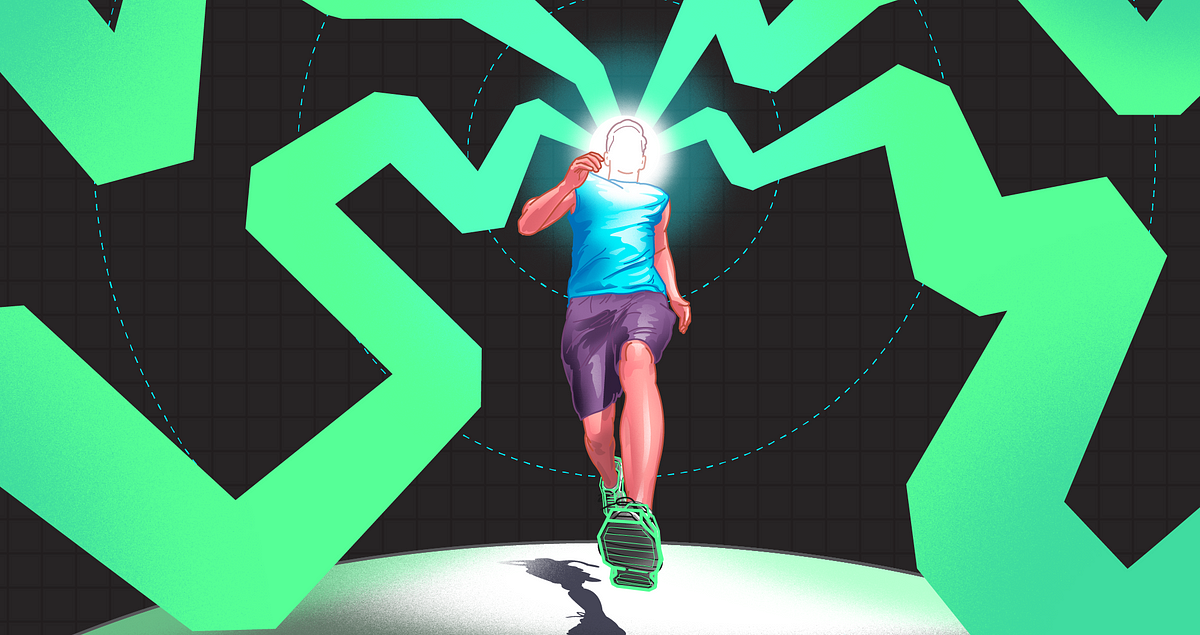Increase your creativity through walking: Tap into your subconscious with STEPN | Author: STEPN Official
To foster creativity, many people may think of a variety of strategies, including brainstorming, meditation, and work breaks.
But one strategy adopted by some of history’s most famous and prolific artists, thinkers, and creators is to simply take a walk.
In today’s article, we’ll show you how you can use STEPN to get creative. Let’s get started!
Although many people may think they use STEPN primarily for physical benefits, you might be surprised to learn that you can also use STEPN to strengthen your creative channels.
Why is walking so beneficial for creativity? There are several potential explanations.
One is that walking provides a change of scenery and an escape from the monotony of everyday life. Taking a step back from your everyday environment can give you a new perspective on problems or difficulties you may face at work or in your personal life.
Another possible explanation is that walking allows us to engage in a mental state that psychologist and creativity expert Mihaly Csikszentmihalyi calls “flow,” a mental state in which we are completely immersed in the activity and our sense of self and time become blurred. Engaging in flow-inducing activities, like walking, can help you tap into your subconscious and access new ideas and insights.
Additionally, walking has been shown to have a variety of physiological effects on the brain that may improve creativity. For example, exercise has been shown to increase blood flow to the brain, which can help improve cognitive function and enhance creativity. Walking has also been shown to increase the production of certain neurotransmitters, such as dopamine and serotonin. This can help improve your mood and reduce anxiety, both of which can be major obstacles to creativity.
But don’t just take it from us.
Studies have shown that walking can help with creativity. A Stanford study found that walking increases creativity in both divergent thinking (generating multiple ideas) and convergent thinking (combining multiple ideas into a single solution).
Additionally, many famous creatives have spoken about the benefits of walking on their creativity.
british poet William Wordsworth He is known to love walking and has often walked in England’s Lake District. He believed that walking helped him connect with nature and find inspiration for his poetry.
artist Vincent Van Gogh It was also famous for its long walks in the countryside and around cities such as Paris and London. Salvador DaliThe Surrealist painter had a deep love for walks in the countryside near his home in Catalonia, which he believed helped him tap into his subconscious.
In recent years J.K. Rowling, The author of the Harry Potter series told how walking helped him write. In an interview with The New Yorker, she explained that in order to work out plot problems in her writing, she would often travel around Edinburgh, Scotland, where she lived at the time.
And a famous Japanese novelist Haruki MurakamI am famous for his routine of waking up early, writing for a few hours, and going for a long run or walk. In an interview with The Paris Review, Murakami described his routine as “a kind of repetitive exercise to focus the mind.”
Incorporating walking into your daily routine doesn’t have to be difficult or time-consuming, and you don’t have to be a famous writer or artist to benefit from more creativity in your life. Just taking a walk around your neighborhood during your break after work can clear your mind and add inspiration to your life.
Whether you take a walk in the park every day or hike in the mountains on the weekend, making walking a part of your daily routine can, as you know, bring numerous benefits physically, mentally, and even creatively. At STEPN, we are committed to improving your well-being in all its forms.
Maybe STEPN Walk will give you an idea for your next NFT project!

